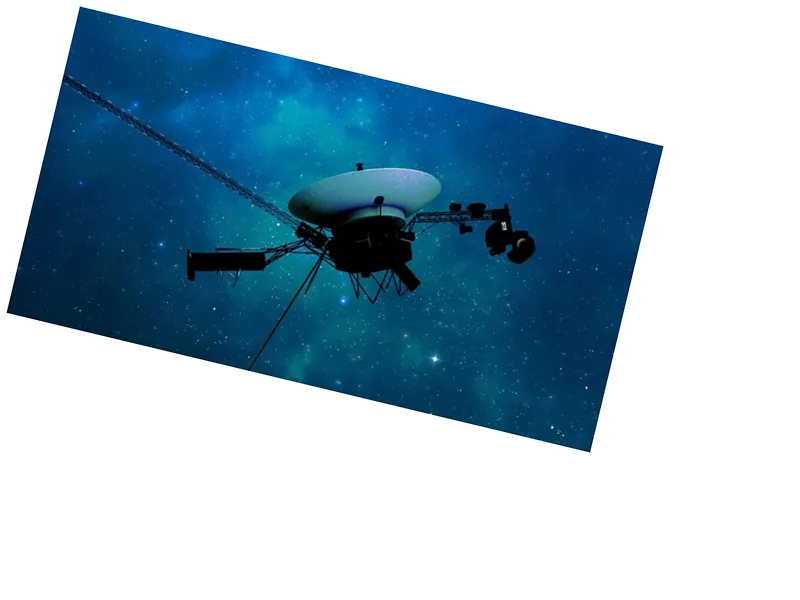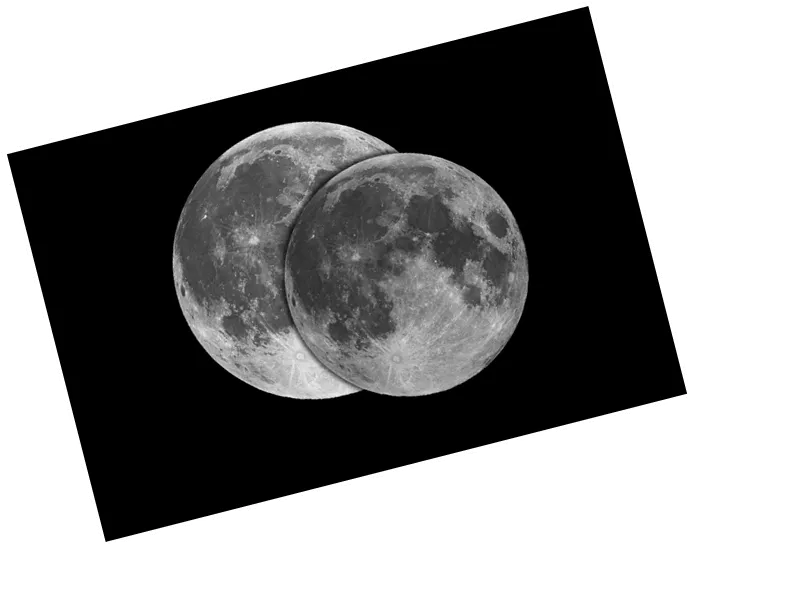Astronomers are increasingly focused on the search for signs of life beyond Earth, particularly within our solar system. Among the prime candidates are Jupiter's moon Europa and Saturn's moon Enceladus, both of which are believed to harbor vast oceans of liquid water beneath their icy surfaces. A recent study published in the journal Astrology emphasizes the potential for discovering life forms in these extreme environments, where water is a crucial element for sustaining life. The heat generated by tidal forces from their respective planets keeps this water in a liquid state, making these moons prime targets for astrobiological research.
The search for extraterrestrial life hinges on identifying specific biomarkers, such as amino acids and nucleic acids, which are fundamental to all known life forms. NASA scientists are particularly interested in uncovering these biological fingerprints that may lie just beneath the icy crust of Europa and Enceladus. Upcoming missions, including the Europa Clipper set to launch in October and the proposed Enceladus Orbilander mission in 2038, aim to closely investigate these moons. These missions will analyze the moons’ surfaces and subsurfaces for signs of life, potentially revolutionizing our understanding of life in the universe.
Recent experiments conducted by NASA's Goddard Space Flight Center have simulated the harsh conditions present on these moons. Led by scientist Alexander Pavlov, the team discovered that amino acids can survive even when exposed to gamma rays, suggesting that these essential building blocks of life might remain intact beneath the surface layers. This finding is significant as it indicates that the organic compounds crucial for life could be preserved in these frigid environments, raising the prospect that future missions may successfully detect them.
The dynamic nature of the ice on both moons is another promising aspect for astrobiologists. The constant renewal of the surface ice may facilitate the upward movement of organic materials, bringing them closer to the surface where they can be more easily detected by spacecraft. This exciting development not only enhances the possibility of finding life but also underscores the importance of continued exploration of our solar system's icy worlds.
- The study highlights the importance of exploring Europa and Enceladus as they are considered some of the most viable locations for finding extraterrestrial life within our solar system. Enceladus has already shown signs of water plumes erupting from its southern pole, indicating active geological processes that could support life. Similarly, Europa's subsurface ocean may harbor conditions suitable for life, prompting NASA and other space agencies to prioritize these missions.
- The Europa Clipper mission will utilize advanced instruments to analyze the moon's icy surface and subsurface, searching for signs of habitability and potential biosignatures. Meanwhile, the Enceladus Orbilander mission will not only study the surface but also aim to land and collect samples, providing unprecedented insights into the moon's composition and potential for life.






